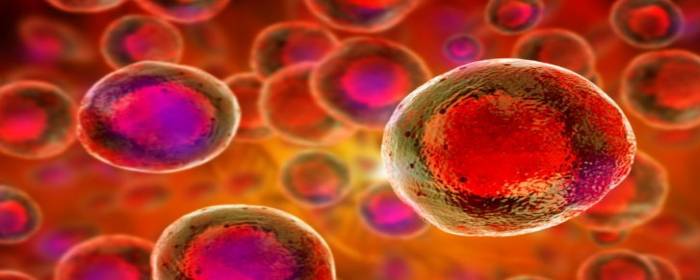The effects of aging can present themselves in various ways. Sagging, discolored skin, wrinkles, and a loss of fullness and vibrancy around the face and neck are all signs of aging. These obvious signs of aging are partially caused by aging stem cells in the skin. When we are young, the stem cells in our skin are highly active and contribute to healthy, radiant skin. As stem cells age, however, they produce less and less of the substances that help keep the cells around them plump and healthy. Likewise, old stem cells only have a limited ability to become fully functioning adult cells. For these reasons, dermatologists, plastic surgeons, and other professionals in the aesthetics industry look to stem cell therapy as a way to combat the effects of aging on the skin and its appearance.
Many will claim that stem cells do have the potential to rejuvenate skin and slow or even reverse the signs of aging, but sadly, it is difficult for most consumers to tell the difference between the products that just claim to provide stem cell therapy and those that actually deliver it. Some advertisements seem very medically sophisticated. Ideally, however, prospective patients and clients should seek treatment from board-certified physicians who provide treatments using one’s own stem cells (adipose) or from umbilical cord-derived tissues that are carefully screened and regulated.
In summary, stem cells could have an enormous benefit for people who want to slow or reverse the signs of aging. However, some, if not most, commercially available anti-aging stem cell therapies are not currently able to deliver the results they claim. It is important for patients to look for reputable, board-certified providers who are using state-of-the-art technologies in clean, regulated facilities.
Reference: https://www.ncbi.nlm.nih.gov/pmc/articles/PMC4447486/


 St. Petersburg, Florida
St. Petersburg, Florida
